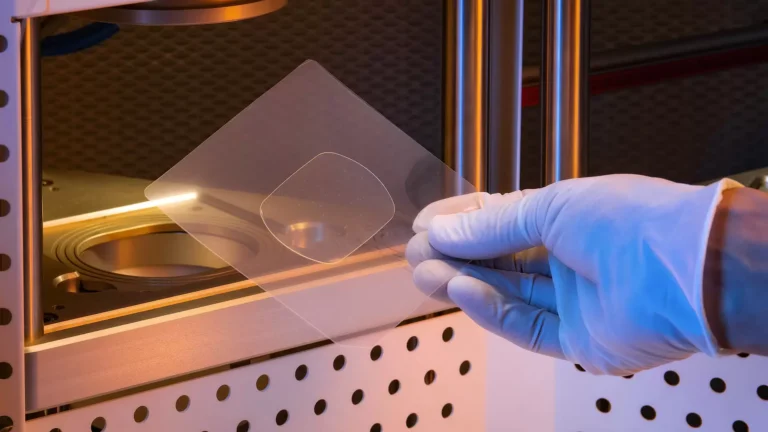
Digital Processing

Digital Processing
Digital processing uses physical tools and a pre-programmed digital file to surface a job. This technique of processing eliminates the limitations that traditional processing has in terms of the number of designs that can be created and complex of curves.
Digital processing (also known as “freeform” processing) gives you the ability to customize each lens individually to each wearer providing improved vision. Digital surfacing technology allows labs to produce higher quality lenses. Also allows for more fitting measurements including pupil height, pupil distance, vertex distance, panto-scopic tilt, frame wrap, eye movement, and more. RX can also be measured to a sixteenth of a diopter. Digital processing allows us to compensate the prescription throughout the entire lens surface and not just the center of the lens which gives the patient a wider viewing area at all distances. Digital lenses also have greater versatility when it comes to frame fitting, allowing more variety in lens shapes in regards to prescription.
Anti-Reflective Coating

